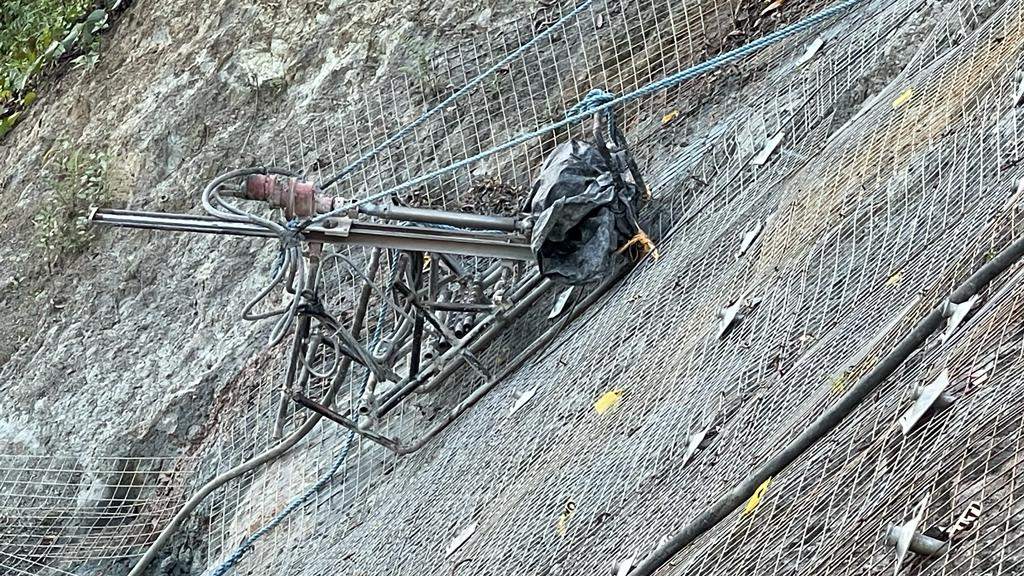How to Solve Slope Stability Problems on Site
Have you ever wondered why certain hills or slopes suddenly collapse after a heavy rain? Or why do some construction projects face delays because the ground keeps shifting? These problems often link back to one serious issue: slope stability.
Slope stability describes how likely a slope is to stay in place over time. If it becomes unstable, it can slide or fail, risking property, people, and projects. Engineers, builders, and safety teams all need to manage this challenge carefully.

What Causes Slopes to Fail?
Slope failure rarely happens for one reason alone. A blend of environmental and man-made factors generally causes it:
- Water buildup: When water collects in the soil, it adds weight and reduces strength. Heavy rain or poor drainage makes the slope softer and less stable.
- Soil type and layering: Clay, loose sand, or weak soil layers can shift under pressure or during movement.
- Excavation and cutting: Construction activities like digging at the base of a slope can remove support and cause the slope to slide.
- Vibration and loading: Heavy machines or buildings near the slope add weight and create pressure that may trigger failure.
- Weathering and erosion: Long-term weather effects break down surface material and make the slope weaker over time.
Signs of Poor Slope Stability
You don’t need advanced tools to spot early signs of slope instability. A visual check is a practical first step in the process. Watch for:
- Cracks forming on the surface or near the crest of a slope
- Bulges or pushed-out sections near the base
- Trees or poles that tilt unnaturally
- Pooled water or soggy ground
- Shifts in retaining walls or nearby structures
Early action is easier than emergency repairs. That’s why slope stability checks should be part of routine safety reviews, especially before or during major construction.

Slope Stability Management Strategies
When facing slope-related challenges, there are several trusted strategies that engineers and contractors use to restore and maintain stability.
Drainage Control
Reducing water in the soil is the first line of defense. This includes installing surface drains, trench drains, or subsurface pipes that carry water away. Less water means less weight and more strength.
Reinforcement Techniques
Modern tools like self drilling anchor bolts or hollow bar systems help reinforce the ground. These anchors go deep into the slope and hold it together. They work well in weak soils and don’t require pre-drilling. That saves time and lowers risk on steep or wet sites.
Retaining Structures
Walls made from concrete, stone, or steel help stop soil from sliding. These work well where space constraints or steep slopes are an issue.
Vegetation and Surface Cover
Plants may seem simple, but their roots hold soil in place. Covering the slope with grass or shrubs reduces erosion. In some cases, engineers also use nets or fabric mats to keep soil from washing away.
Monitoring and Testing
Installing instruments to measure slope movement helps track changes over time. This gives teams a way to respond before problems grow.
Why Tools Like Self Drilling Anchor Bolts Matter
The reason why tools like self-drilling anchors are so valuable is their ease of use on unstable ground. The process combines drilling and grouting at once. This reduces steps and creates a strong hold even in soft layers.
Slope stability should never be left to chance. Even small slopes can turn dangerous when ignored. Knowing the warning signs and applying the right tools makes a big difference.





